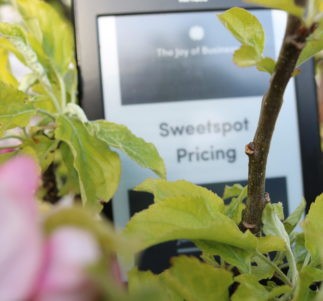Pricing Strategies for Business

There are lots of pricing strategies for business, but which one is the right one for your business?
How much you charge affects everything about your business. It’s probably the number one factor holding you back at the moment.
Understanding pricing strategies and picking the right pricing strategy for you is incredibly important. But remember
Most of the information about pricing strategies for business is completely wrong for small businesses.
What they teach you in business school doesn’t work for a small business. Most of these pricing strategies are for much bigger companies, and these don’t apply when you have a smaller company.
This article outlines the classic six pricing strategies. And then I’ll tell you which pricing strategies do work for small businesses.
Economy pricing strategies
Economy pricing means setting your price at the lowest possible level where you can still make a profit, to attract as many customers as possible.
When you’re running a small business, you don’t want hundreds of thousands of customers. You want the maximum number of sales at the best possible price – that’s your sweet spot price.
The economy pricing strategy is for the big guys like Walmart or Lidl. They have so many customers they can afford to charge ridiculously low prices. But you’re running a small business, not a multinational giant. I often tell my business mentoring clients to get rid of the Lidl customers.
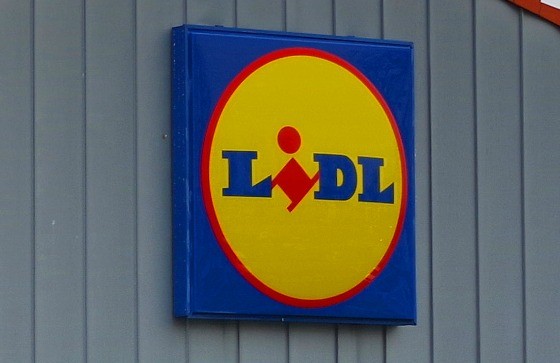
Penetration pricing strategies
Penetration pricing strategy involves going in at a low price to get customers, usually with the aim of putting the prices up later. Or to sell them something else further down the line.
Is this entirely ethical? Getting your customers hooked on and locked into your product, and then putting up the price?
And of course, even if you don’t care about the ethics, most small businesses can’t afford to offer a low price at the beginning. We don’t have those big bags of cash behind us.
We certainly can’t afford the risk that our customers will all leave when we put the prices up later. The penetration pricing strategy is just too risky for a smaller company.
Price Skimming
Price skimming means going in at a high rate at the beginning and then gradually lowering prices when competitors emerge offering the same as you.
At least price skimming is a better strategy than the penetration pricing strategy of starting low. This way you’re getting some profit at the start when you need it most.
Although usually when big companies are doing this, it can be a bit dodgy. They’re using a temporary monopoly to gather up as much profit as possible in the short term. Think about when Apple sold the first IPads at very high prices. Or when they charge £764 for an iPad Pro in gold!
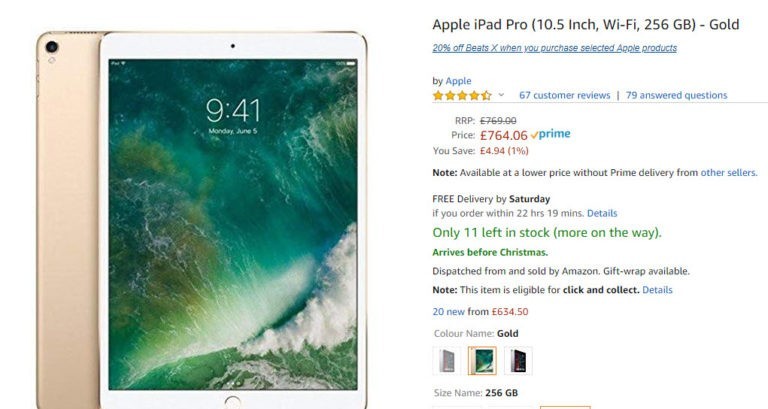
Price skimming also isn’t much use to a small business because it only works if you’ve got enough money to do a massive marketing campaign to establish market leadership.
And why would you go into a market where you know that others are going to copy you and offer the same thing immediately?
That’s crazy, especially if you’re trying to build a business for the long term. Much better to go for what Seth Godin calls a Purple Cow business which stands out from your competitors and where you can charge your sweet spot price.
Premium pricing strategies
When you have a Purple Cow product, you can start to charge a premium. Your customers love what you do and will happily pay a premium price for it because it’s different to whatever else is out there.
It might not be that different from your competitors, but your marketing is what makes your customers love you and want to buy from you over and over again.
The premium pricing strategy can work well for small businesses. Here’s how to feel good about charging more.
Psychological pricing strategies
Most people see this as charging £99 for something, rather than £100, thinking that consumers are daft enough not to be able to round up £99 to £100. Except that we’re all immune to this, because we’ve seen it all our lives, and we know that it’s around £100. This holds for £97 as well.
There is a whole psychology around pricing, but it’s a lot more complicated than just £99.
For lots of advice about psychological pricing, you should get your hands on my Sweetspot Pricing book.
Bundle pricing
Bundle pricing is great if you have a number of products to sell, and you can encourage people to buy several of them at the same time. This increases the lifetime value of your customer straight away and puts more cash in your pocket.
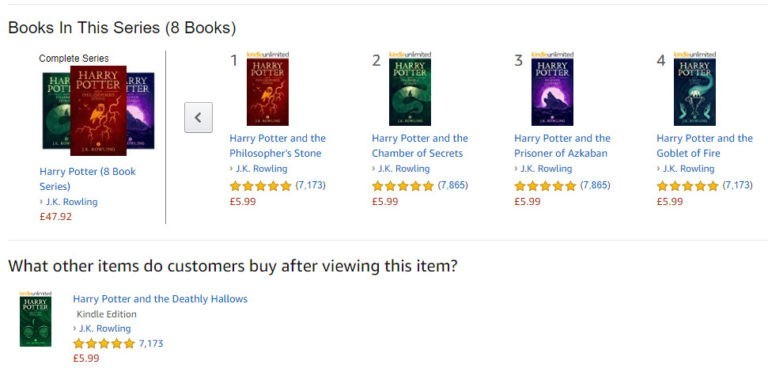
You’ve probably bought something in a bundle if you’ve ever bought all the books in a series at the same time from Amazon.
I did it the other day when I bought a front light and a backlight for my bike at the same time. I only needed a replacement for the front one, but I know someone will steal my rear light sometime soon, so I bought them both in a bundle.
If the bundle pricing strategy sounds attractive to you, you might want to take a look at the more advanced version of this – curated collections.
But small businesses are not usually selling a range of products, so bundle pricing is of limited use to most of us. Again, this pricing strategy doesn’t apply to many small businesses.
Those are the classic six pricing strategies. And they don’t serve us well. So how do you pick the right pricing strategy for your business, if these don’t work for smaller companies?
The Julia Chanteray Sweetspot Pricing Strategy

Instead of taking a pricing strategy from the classics designed only for big businesses, we need a pricing strategy designed specifically for small companies — one which you can implement immediately in your company to use to maximise your profits.
I’ve coached hundreds of small businesses to get their pricing right. And I’ve run lots of workshops to test this strategy with all kinds of businesses. It doesn’t work for big companies, but if you have less than 150 employees, and you want to be able to set the right price for your company, this will work for you.
I’ve taken the work I’ve done over the years and put all of this into a book and resource pack which takes you through the sweetspot pricing strategy methodology in detail. And then gives you tons of advice about how to implement it. This includes advice about how to get the confidence to charge more money, how to improve your marketing so that people are happy to pay your Sweetspot Price.
Here’s how to get your hands on the Sweetspot Pricing book and the resource pack to learn how to do this for your business.
And here’s the simple, bare-bones approach so you can get going with this right now.
Sweetspot Pricing Strategy
- Don’t start with your price. Start with working out how much you want to earn. Do three versions of this — first your survival income, then your good income, and then your success income. The success income always gives people difficulty, so here are some ideas to help you with this.
- Work back from your desired income. Calculate your tax, your net profit, add in your overheads, and then work out how much total gross profit you need to make to give you your desired income.
- Translate this into your total sales (tip – if you’re a services business, this is probably the same as your gross profit). How much do you need to sell, to get to that level of income?
- Divide your total sales by either your average product price or by how many hours/days you can work on client projects. Tip – this is not five days a week.
- Work out what your price needs to be.
- Adjust it to see if you can go a bit higher.
- Test this on some customers.
- Adjust it again.
If you get stuck with the figures and working out how much tax you’d have to pay for your target income level, you can use the Sweetspot Pricing resource pack to do all the sums for you.
Why this is better than markup pricing strategies
Markup pricing is another of the classic pricing strategies. It means taking whatever you pay for the product and adding on a percentage to calculate the sales price.
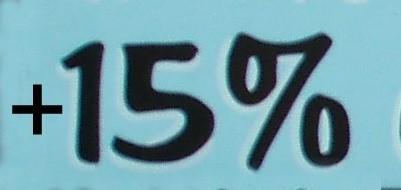
But markup pricing doesn’t work well for small businesses either. If you’re selling something that lots of other people sell, especially online, you’ll still be in a race to the bottom. And you’ll lose out to bigger businesses – or to the people selling from their spare rooms who don’t have the same overheads as you.
Working out how much your gross profit needs to be (and remember that there’s a difference between gross profit margin and markup) to give you the right income from your company means that you can be much more accurate with your pricing. And if a product line doesn’t make enough of a contribution to your gross profit, you can drop it and sell something more profitable instead.
The Sweetspot Pricing book and resource pack have lots of guides on how to set the price of your products, including spreadsheets to calculate your gross profit and work out how many of your different product lines you need to sell. And there are some great examples of how real business owners have used this in practice.
Why the sweet spot pricing strategy is better than a competitive pricing strategy
When I talk to business owners about how they’ve set their prices, they often tell me that they’ve based their rates on what their competitors are charging.
This is the essence of the competitive pricing strategy. Competitive pricing strategy involves looking at what other people are charging for similar products or services to you and setting your price roughly in line with them.
Competitive pricing strategy might work well for Asda and Sainsburys, but there are a few problems with it when you apply it in a small business.
Problems with the competitive pricing strategy
Firstly, how do you know what your competitors are charging? You might be able to see this on their websites, but that’s not always the case. The Asda pricing person can walk into Sainsbury’s and see what they’re charging this week for Fingus fish fingers and go for a penny cheaper or the same price. But you can’t necessarily do the same with your competitors
.And, are your competitors selling precisely the same as you are?

Even in very saturated competitive markets, such as wedding photographers, there are significant differences in types of photography, how good someone is, and the kind of photos different people specialise in. Not all wedding photographers are the same, and some of them are better than others.
The big question about the competitive pricing strategy
The real question I have about using a competitive pricing strategy is – why do you want to be cheaper than someone else? Why not make what you sell into the best version ever, and charge accordingly? Or at least make it look like it’s the best in your marketing.
My Sweetspot Pricing book has some great tips on how to develop your skills, confidence and marketing so you can both become the best in your field and do the best marketing.
While it’s useful to have an idea of what your competitors charge, this can be a real distraction from developing your business. And it can make you feel that you can’t charge what you need to for you to achieve your target income.
It’s much easier to use the sweetspot pricing strategy to work out how much you want to earn and work back from this to set your prices. You’re not the same as your competitors.
Here’s some more blogs about pricing that you might find helpful:
How Deliveroo pretend to be faster to get you as a customer
Photo credits to Oscar Nord and Zekka Duda on Unsplash; Eddie, Blabij and Paul Swansen from Flickr; Liz Finlayson from Vervate

